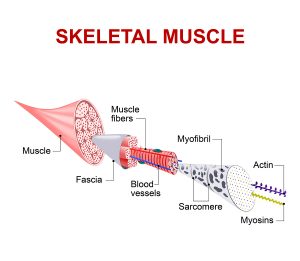
The purpose of this study was to analyze pain intensity in patients with myofascial pain syndrome (MPS) following a multimodal rehabilitation protocol. A prospective study was carried out following the Template for Intervention Description and Replication criteria. Patients were recruited from the rehabilitation unit of a university hospital in Spain between 2009 and 2013. Patients were included if they had a medical diagnosis of MPS in any of the following regions: cervicobrachial (n = 102), lumbosacral (n = 30), elbow (n = 14), ankle and foot (n = 10), and temporomandibular jaw (n = 1). The multimodal rehabilitation protocol included myofascial trigger point dry needling, spray and stretching, Kinesio taping, eccentric exercise, and patient education. The protocol was applied for 4 weeks (5 sessions) for the active and/or latent myofascial trigger points in each body region. Pain intensity was measured by using the visual analog scale (VAS) immediately before beginning of the study and 1 week after completion of the protocol.
The study sample comprised 150 patients (mean ± standard deviation age, 51.5 ± 1.19 years). Statistically significant differences were obtained for reduction in pain intensity (4 ± 2.03; P = .002). Clinically relevant reductions (VAS ≥30 mm; P < .001) were obtained in 78.7% of the interventions. Four treatment sessions reduced the VAS score by 10 mm in 83.55% of the sample. There were no statistically significant differences (P = .064) for reduction in pain intensity in the different body regions. A multimodal rehabilitation protocol showed clinically relevant differences in the reduction in pain intensity in different body regions in patients with MPS.
No comments:
Post a Comment